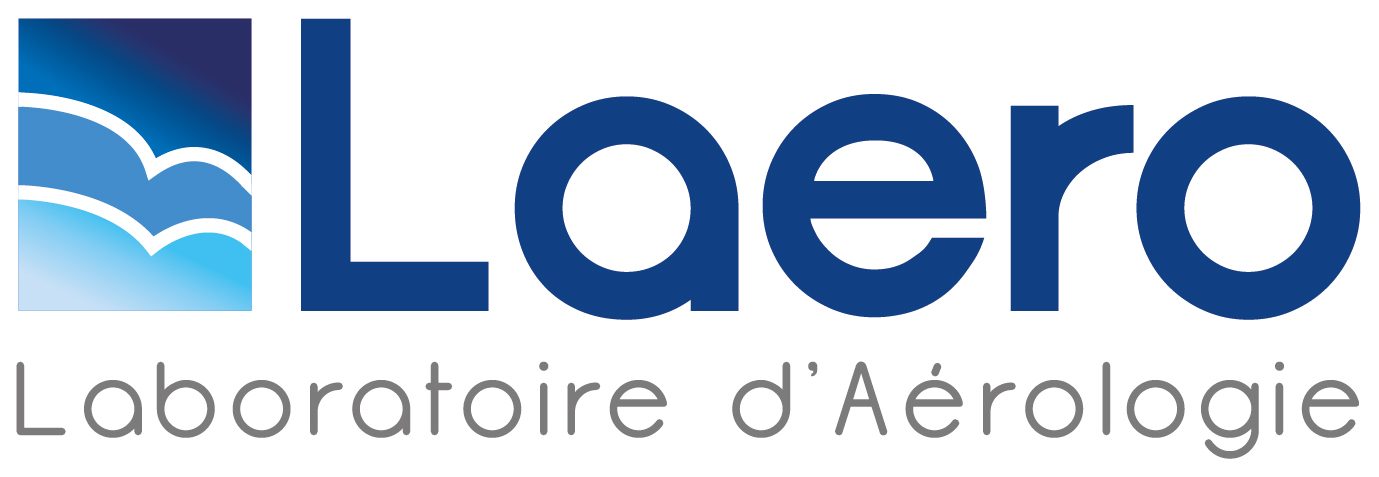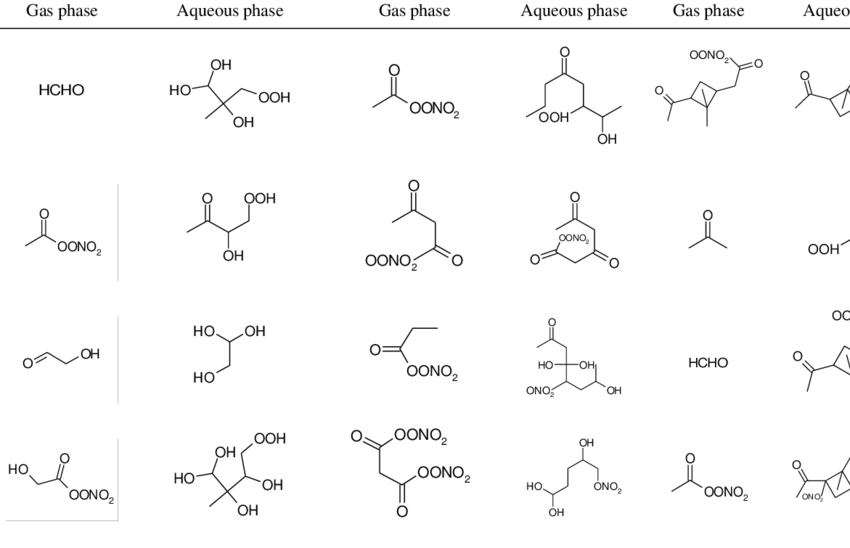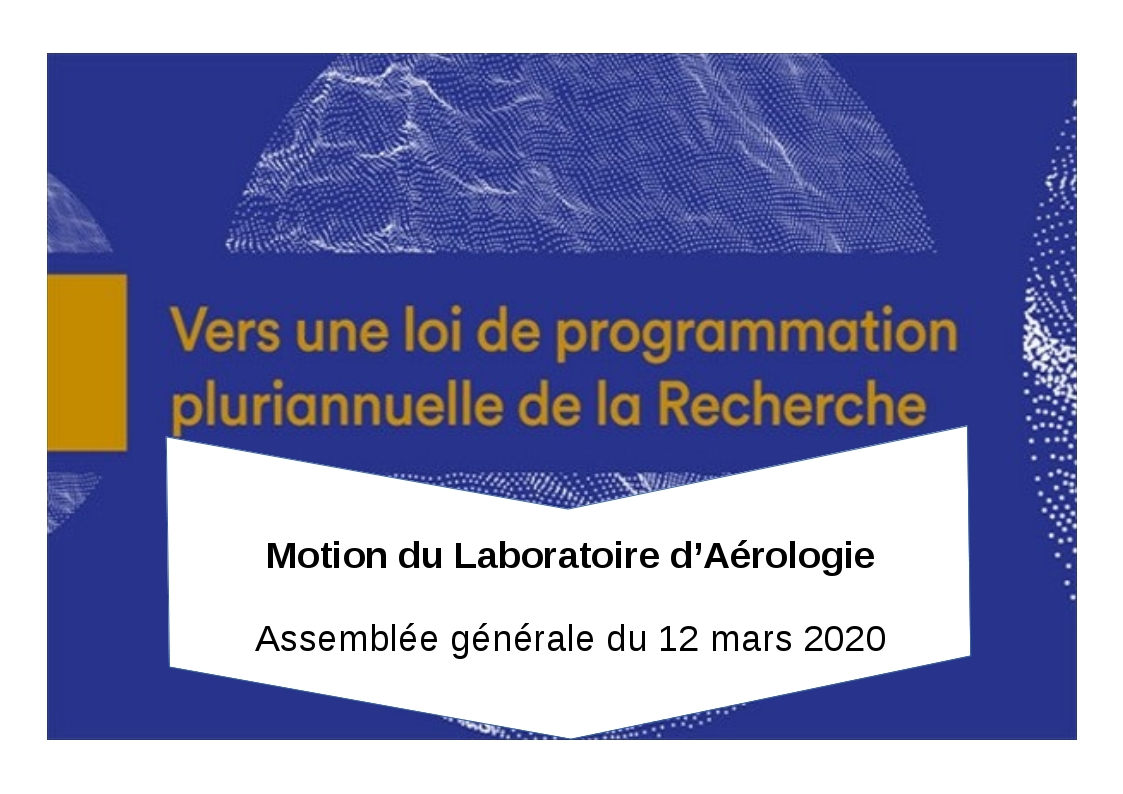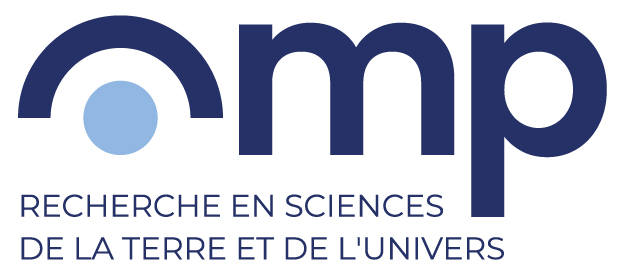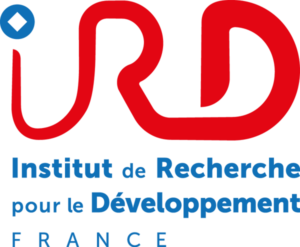Séminaire Camille Mouchel-Vallon
/ SEMINAIRE REPORTE /
Titre :
La formation et composition de l’aérosol organique secondaire dans le panache urbain de Manaus : modélisation explicite de la chimie organique avec GECKO-A
Abstract:
The city of Manaus (Brazil, 2.1 million inhabitants) is a point source of anthropogenic pollution isolated from the rest of South American populated areas by over 1000 km of Amazonian tropical rainforest in every direction. It is an ideal location to study the interactions between clean air masses dominated by biogenic emissions with urban plume air masses dominated by anthropogenic compounds and stronger oxidative capacity. The GoAmazon 2014/5 field campaign was designed to characterize these interactions and took place downwind of Manaus in 2014 and 2015. In this work, we focus on understanding the formation of secondary organic aerosol in the Manaus plume sampled during the GoAmazon field campaign. The Generator for Explicit Chemistry and Kinetics of Organics in the Atmosphere (GECKO-A) is a computing tool designed to systematically generate hyper-explicit chemical schemes describing the atmospheric oxidation of volatile organic compounds based on fundamental principles and laboratory data. The resulting detailed chemical mechanisms allow us to account for the individual identity of the various organic compoundsresulting from biogenic and anthropogenic chemistry in the gas and condensed phases. In this work we designed a box model to simulate the advection of an air parcel over the rainforest and Manaus.
Biogenic emissions from the rainforest and anthropogenic emissions from the city were estimated and the fully explicit oxidation of the resulting 65 primary hydrocarbons was then generated with GECKO-A and integrated in the box model (~14 million reactions involving ~4 million chemical species). We evaluated the ability of the explicit model to reproduce observed SOA measurements and used comparisons with a simpler model to understand the origin of the discrepancies between the detailed model and the measurements.
